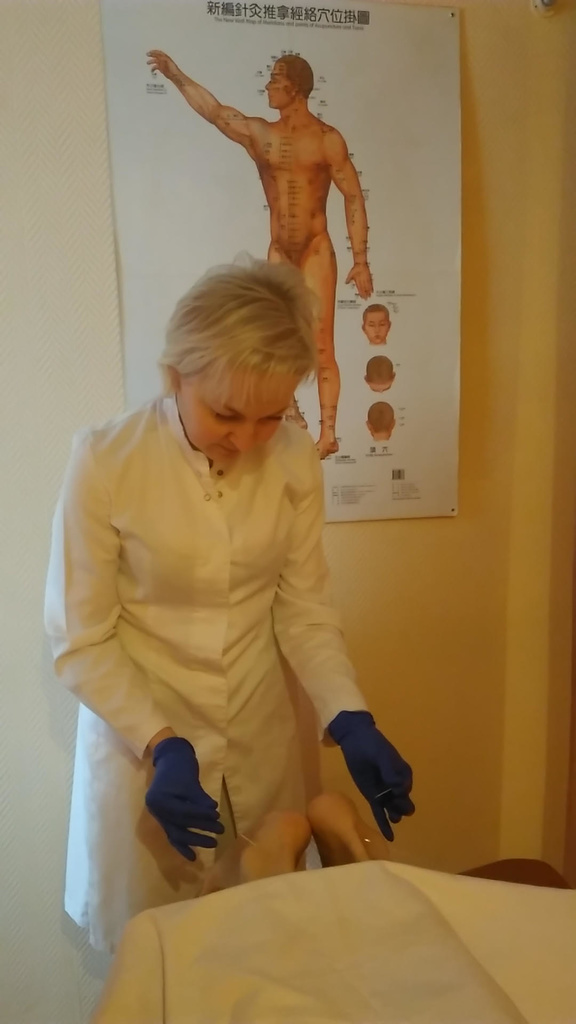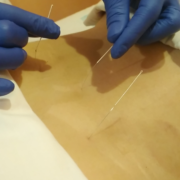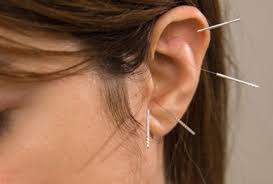Physiotherapy treatment — from 200 UAH per day
What is Lumbalgia?
Lumbago, lumbargia - acute pain in the lumbar region, gunshot, often with tension of the back muscles and pathological fixation (misalignment of the lower back). Cause-overstrain of back muscles or irritation of nerves by protrusions or hernias of intervertebral disks, arthrosis changes in intervertebral joints, unstable vertebrae. Patients with lumbargia complain of severe pain in the lumbar department, restriction of the bending and extending movements in the lumbar department, note a significant increase in pain when coughing
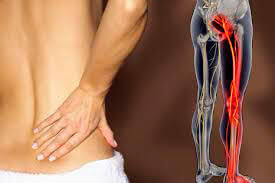
What is lumboischialgia and what causes it?
Lumboischialgia - acute lumbar pain with recoil in one or both legs. What Causes Lumboischialgia? In most cases, the cause of lumboischialgia is irritation or entrapment of the nerve root with a hernia of the intervertebral disc, tense pear-shaped muscle.
What examinations should be done to the patient and which doctor should be consulted?
Examination of a patient with lumbalgia, lumboscialgia should begin with the advice of a doctor!
It is best to consult a neurologist immediately and have an MRI of the lumbosacral spine.

What is the course of lumbargia and lumboischialgia?
acute up to 1 month
subacute-up to 3 months
chronic - more than 3 months
What are the features of treating lumbargia and lumboischialgia?
The treatment of vertebrogenic lumbargia and lumboischialgia has its own characteristics, which depend on the cause and stage of the disease. In the acute stage of treatment is the use of anti-inflammatory, muscle relaxant, anti-edema, physiotherapy and reflexology.
Acute stage
Laser therapy is applied zonally to the lumbar department, which significantly reduces pain and swelling. Parameters and exposure are prescribed by a neurologist individually. The course of treatment 7-10 days.
Electrotherapy is zonal: in the mode of muscle relaxation, electrotherapy is especially relevant if the patient has muscular-tonic syndrome-pronounced painful spasm of the muscles of the lower back. Parameters, exposure, number of sessions are determined by a neurologist, a reflexologist taking into account the neurological status of each individual patient.
Microwave resonance therapy and EHF locally for muscle spasms up to 15 minutes per 1 session, just 10 sessions with daily treatment or 15 sessions with "every other day".
Acupuncture corporate and auricular
It is widely accepted and proven that acupuncture and reflexology during the session stimulates the production of endogenous opioids: endorphins, enkephalins, as well as biologically active substances in the human body, the concentration of which causes a state of reflex anesthesia! Locally, at the neuron level, enkephalins and endorphins affect the K-Na pump by reducing the penetration of sodium ions into the cell. Central neuronal mechanisms of reflex anesthesia act through the posterior horns of the spinal cord, the spinal ganglia, where there is a "blocking" of painful impulse from the problem organ. Recipes of acupuncture, selection of points and reflexogenic zones of influence for reflexology, the number of sessions is determined by the treating neurologist, reflexologist.
The application of magnetotherapy to the lumbar department is justified by the ability to cause mild analgesic, anti-edema, muscle relaxation action due to the structuring of elements in the tissue, the activation of the ion cell pump, which is especially relevant in the conditions of edema and muscle tension. We apply an alternating magnetic field with a frequency of 30-40 Hz. Number of sessions, exposure assigned by the doctor individually.
Sub-acute stage
Before treatment, it is advisable to add ultrasonic phonophoresis zonally and MZLUT at acupuncture points. Magnetolaser ultrasound therapy enhances the therapeutic effect of acupuncture and is a significant component of reflexology. The number of sessions, areas of exposure, exposure is determined by the patient's condition individually, so the treatment period is 10 to 15 days. Recommended relaxing massage technique, lumbar. The number of sessions 10-15, depending on the severity of pain.
The chronic stage
At this stage, the healing process is most difficult due to the resistant painful muscle tension, the neuropathic persistent nature of the pain, and the emotional lability of the patient. A comprehensive approach to solving the problem is urgent: non-steroids, muscle relaxants, pregabalins, enzymes + warm-up acupuncture.
Laser puncture by TA and electropuncture or electrotherapy
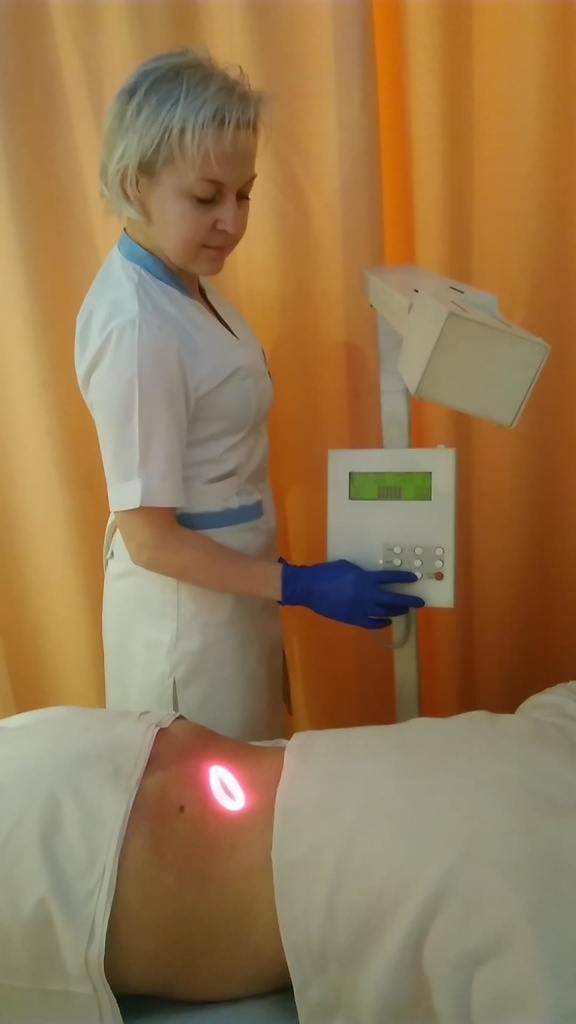
Postisometric relaxation
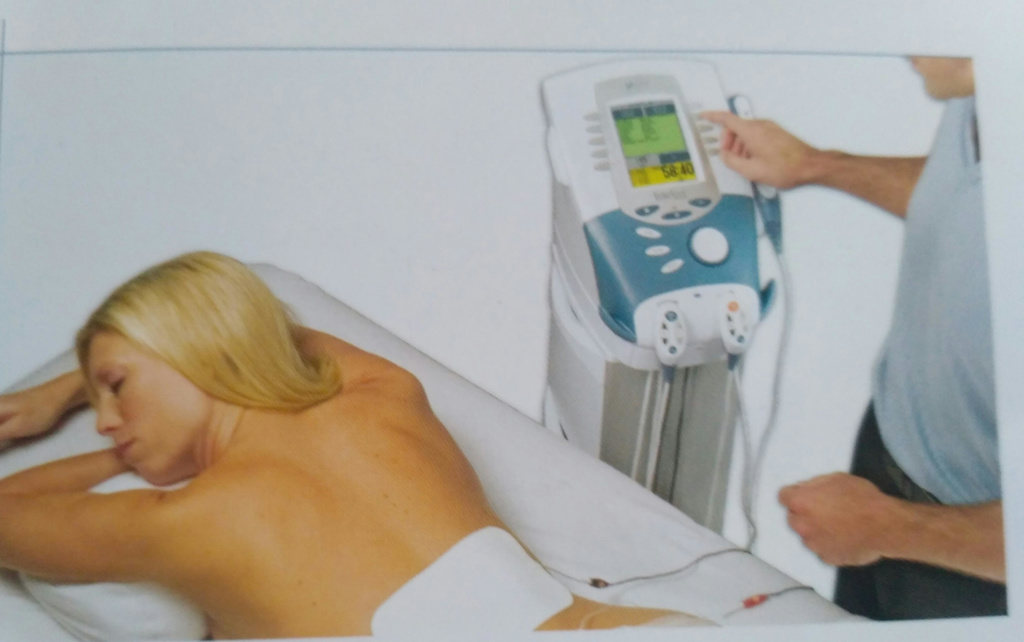
Soft massage of the lower back
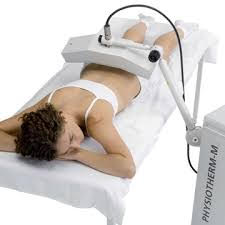
Gymnastics, swimming pool, hiking, orthopedic belt in household physical load-invisible "capacitive elements on the way to maintaining full motor activity.
